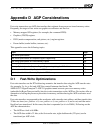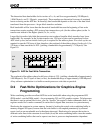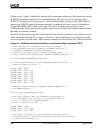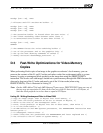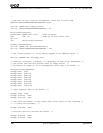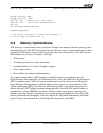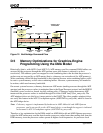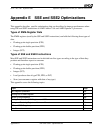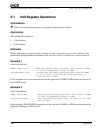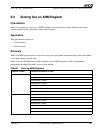
Appendix D AGP Considerations 351
Software Optimization Guide for AMD64 Processors
25112 Rev. 3.06 September 2005
movdqa [rax+96], xmm6
movdqa [rax+112], xmm7
add rax, 128 ; Bump up by 2 cache lines
add rdi, 128 ; for source and destination.
dec rcx
jnz Block_WriteToFrameBuffer
ChunkOfImageCopied:
/* Set up for next block in image (if necessary) */
/* until image is transferred. */
D.4 Memory Optimizations
AGP memory is system memory that is partitioned from the same memory that the operating system
and applications use. The AGP card plugged into the AGP bus is always considered the master when
performing AGP memory accesses since it reads and writes the system memory. The AGP card uses
AGP memory for a variety of “surfaces,” including:
• Texture maps
• 3-D object geometry and vertex data streams
• Command buffers for 2-D and 3-D graphics engines
• Video-capture buffers
• Frame buffer (cost-reduced implementations)
The system memory used for AGP mastering is attached to the processor that has one of its
HyperTransport links connected to an AGP tunnel device, such as the AMD-8151 HyperTransport
AGP 3.0 graphics tunnel. AGP card requests (reads/writes) come into the processor through the
HyperTransport link input and are arbitrated with processor requests for system memory in the
system request queue (SRQ). From here, the AGP request address is passed into the processor’s
address map and GART (graphics aperture remapping table), where the AGP physical address is
translated into a physical DRAM page address, which can then be presented to the processor’s
memory controller. Therefore, host processor to system memory throughput directly affects AGP
memory bandwidth and throughput, as the two compete for SRQ entries and memory bandwidth.
Figure 10 shows the command flow from the HyperTransport links to the SRQ.





